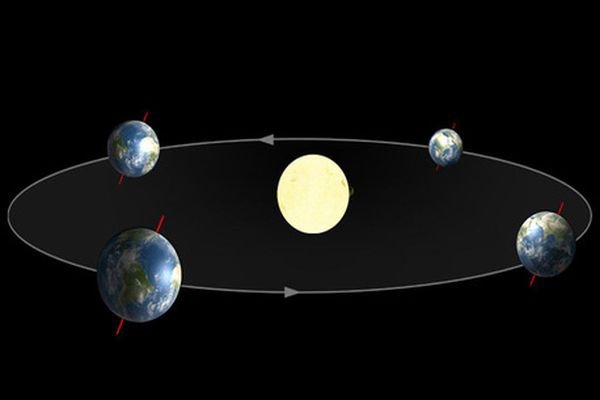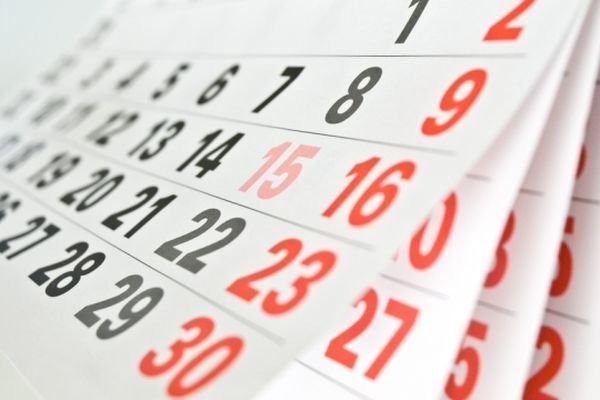In case you didn’t know, 2016 is a leap year, and this February will have 29 days. Now, we all know that a leap year occurs every four years, and has one extra day, making the total number of days in the year to be 366 instead of 365. The extra day is added to February because of it being the shortest month. But do you know the reason behind this? Where does that extra day come from? Here’s breaking it down for you:
So far, we’ve read that our earth revolves around the sun, which causes change in seasons. And this revolution takes one year, i.e 365 days to complete. Right? Wrong.
To be precise, it takes the earth exactly 365 days, 5 hours, 48 minutes, and 46 seconds to circle once around the sun, which comes out to be around 365 ¼ days.

Now the calendar that we presently use is the Gregorian calendar or the Western calendar, which has only 365 days. But every year, earth takes a bit longer than that to complete one revolution. So, we manage that extra time with the help of a leap year.
Simply put, leap year is a way to keep our modern day Gregorian calendar in alignment with the Earth’s revolution.

At the end of every year, after the earth completes one revolution around the sun, we are left with approximately 6 extra hours. And this way, every fourth year, we have one whole day with us which we add in the month of February, making it a leap year.
Can you imagine that if we didn’t do this, after every 100 years, our calendar would be off by approximately 24 days! This happened in the Julian calendar, which was used until the Gregorian was introduced.

It was around 2000 years ago that the concept of leap year was introduced by Roman general Julius Caesar in his empire. But the Julian calendar had only one rule, which said that any year evenly divisible by 4 would be a leap year.
This rule of Julian calendar led to way too many leap years. It was 1500 years later when the Gregorian calendar was introduced that this method was corrected.
Well, now you know!

















